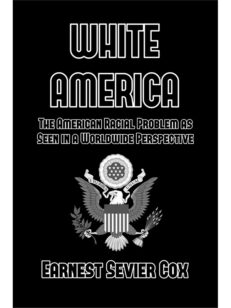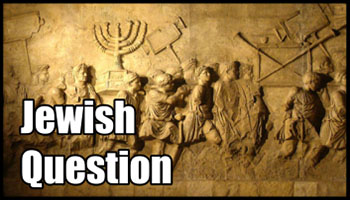Description
By Joseph Deniker . Described by the British Medical Journal as a “success which is well-nigh phenomenal,” this work remains one of the greatest surveys of the social and physiological of the races of the world ever written. Deniker established the core definitions of racial groups which became the reference standard for all later works. From the preface:
“My object in the present work has been to give in a condensed form the essential facts of the twin sciences of anthropology and ethnography. My book is designed for all those who desire to obtain rapidly a general notion of ethnographic and anthropological sciences, or to understand the foundations of these sciences. Thus technical terms are explained and annotated in such a manner that they may be understood by all.”
Profusely illustrated, each page of this high-quality reproduction has been carefully hand-restored from the original.
Deniker held there were six primary and four secondary European races:
* Nordic, in the Germanic core territory in Scandinavia, Northern Germany and Frisia, the British Isles and the Baltic.
* Littoral or Atlanto-Mediterranean, in the Pyrenees and parts of Spain, western and southern France and north-western Italy
* Oriental, in the Slavic core territory (Belarus, Ukraine)
* Adriatic or Dinaric, around the Adriatic Sea, with widespread remnants in parts of France, Austria, Ukraine and Ciscaucasia.
* Ibero-Insular in the Iberian Peninsula, western France, southern Italy and the Mediterranean islands.
* Occidental (also called Cevenole); corresponding to Ripley’s Alpine race, this was supposedly the race of the paleolithic inhabitants of Europe, with scattered remnants throughout the continent.
The four subtypes are:
* Sub-Nordic, on the fringes of Germanic settlement in southern Britain, Germany and the Baltic.
* North-Occidental, in the contact zone of Celtic and Germanic, in the British Isles and northern France.
* Vistulian, named for the Vistula, in the Germanc-Slavic contact zone in Poland.
* Sub-Adriatic, in the Alps and the historical Continental Celtic core territory.
Contents.
Introduction: Ethnic Groups and Zoological Species
Chapter I: Somatic Characters—Characters of Man and Apes; Distinctive Morphological Characters of Human Races
Chapter II: Morphological Characters—(Continued)
Chapter III: Physiological Characters
Chapter IV: Ethnic Characters
Chapter V: Sociological Characters
Chapter VI: Sociological Characters—Continued
Chapter VII: Sociological Characters—Continued
Chapter VIII: Classification of Races and Peoples
Chapter IX: Races and Peoples of Europe
Chapter X: Races and Peoples of Asia
Chapter XI: Races and Peoples of Africa
Chapter XII: Races and Peoples of Oceania
Chapter XIII: Races and Peoples of America
Appendix I: Average Height of Men
Appendix II: Cephalic Index
Appendix III: Nasal Index of Living Subjects
Index of Authors
Index of Subjects
About the author: Joseph Deniker (1852—1981) was a French naturalist and anthropologist who obtained an engineering degree at the university of St. Petersburg, and a doctorate in natural sciences from the Sorbonne in Paris. While working as chief librarian of the Natural History Museum in Paris, he also served as one of the chief editors of the Dictionnaire de geographie universelle.
691 pages. Paperback.



























